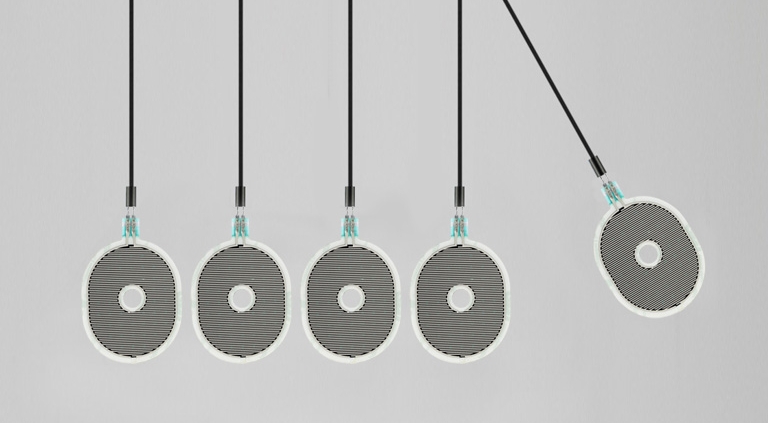Today, many products in our lives require considerations for both safety and comfort while maintaining efficient operation. Whether in automobiles, furniture, or electronic devices, thin film pressure sensors, as a sensitive and flexible technology, are widely used in the design and manufacture of products that experience minor collisions, providing users with a safer and more comfortable experience.
The uniqueness of thin film pressure sensors lies in their sensitivity to minor touches. These sensors can accurately detect contact between objects and the product surface, triggering corresponding responses or alerts to avoid collisions that could lead to damage or injury.
In the automotive industry, thin film pressure sensors are widely used in the design of safety airbag systems. When vehicles experience minor collisions or impacts, sensors can promptly detect pressure changes and trigger airbag inflation to protect passengers from injury.
In the furniture sector, thin film pressure sensors are used in the design of smart mattresses or chairs. When the body weight is applied to the product surface, sensors can immediately detect pressure changes and automatically adjust the hardness or angle of the mattress or chair to provide a more comfortable experience.
In the field of electronic devices, thin film pressure sensors also play a significant role, such as being integrated into the screens of smartphones or tablets. By detecting the user’s touch pressure, sensors can achieve various gesture control functions, enhancing the user experience.
Overall, thin film pressure sensors provide critical safety assurances for the design of products experiencing minor collisions. As technology continues to advance and application fields expand, these sensors will play an increasingly important role, creating safer and more comfortable environments for users.



